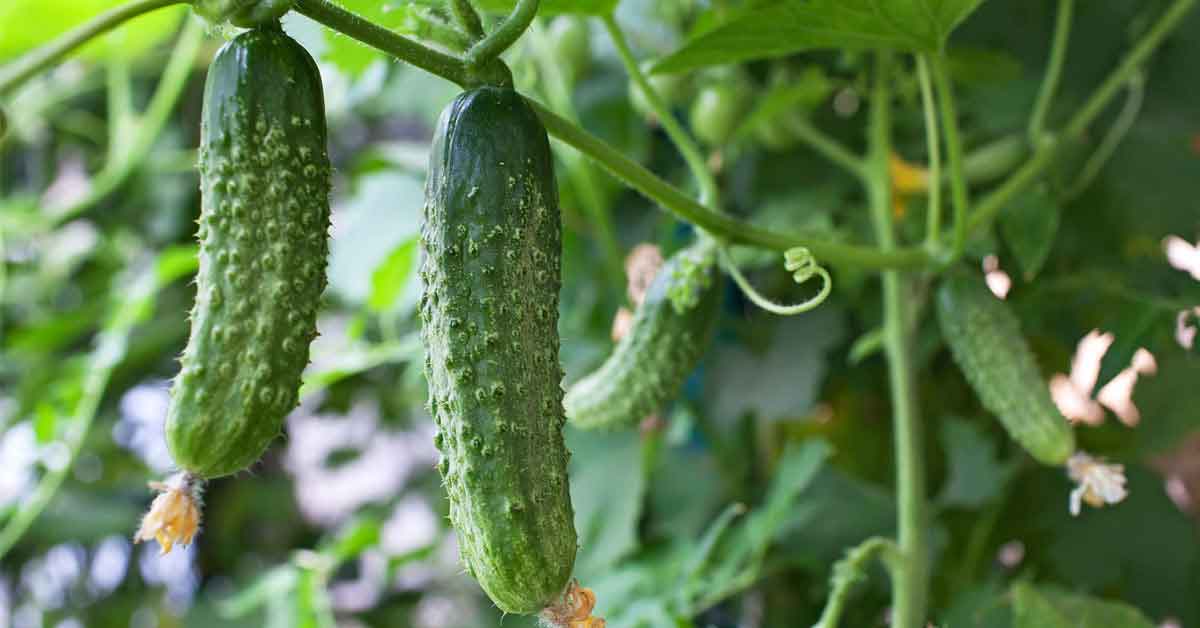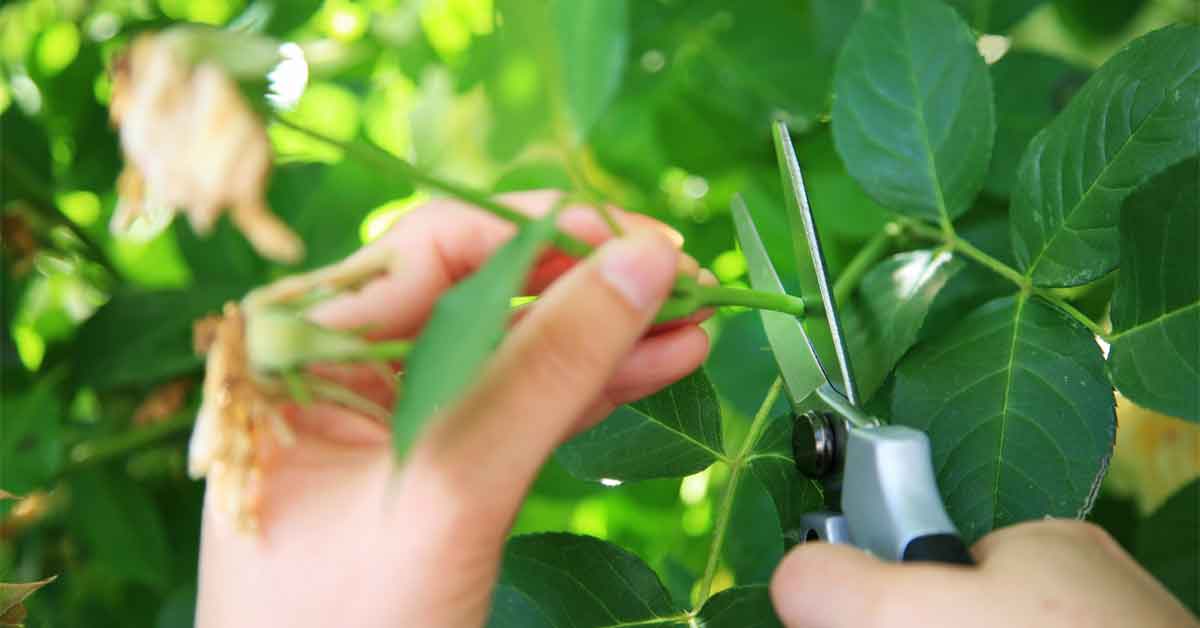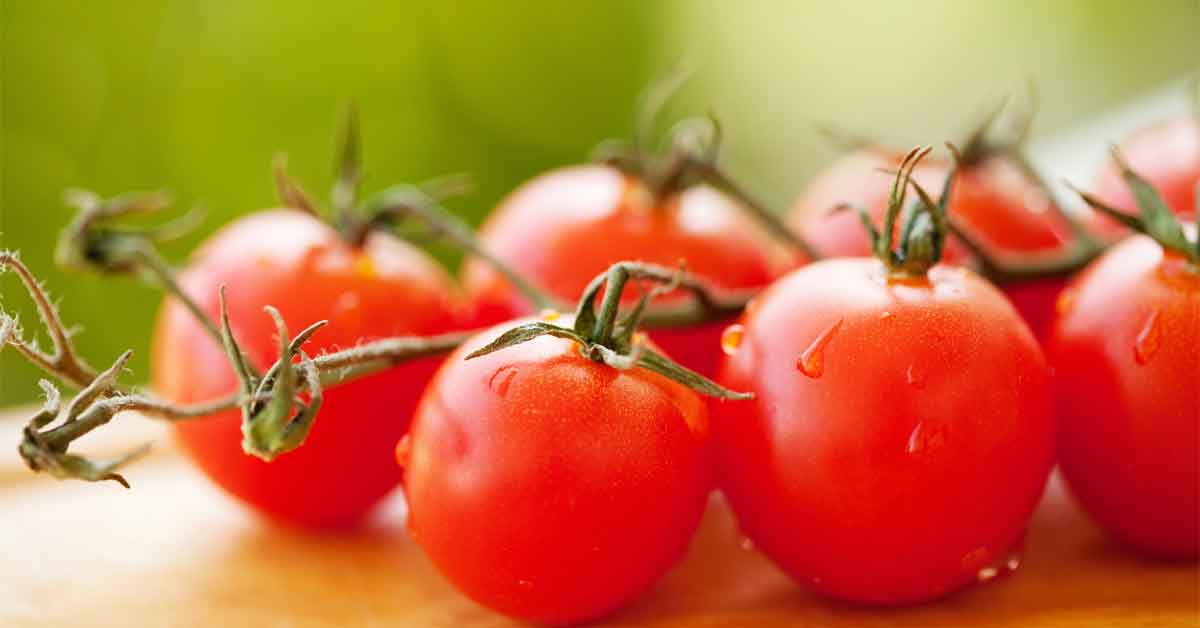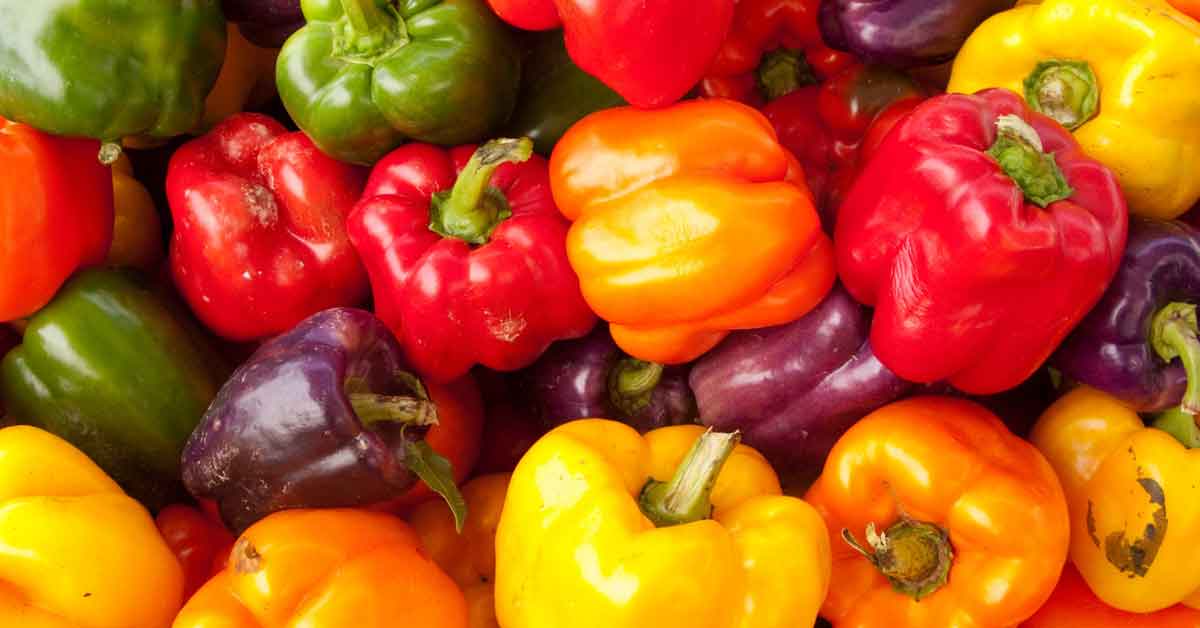The Benefits of Garden Planting in Fall
Many homeowners understand that fall is ideal for planting grass seed, and savvy vegetable gardeners have learned that starting late-summer gardens leads to a second bounty of crops come fall. But if you're ready to put your garden tools away and leave planting perennials, shrubs and trees until spring, think again. Fall is the new spring — and it's prime planting season for them all.
While you're enjoying your garden's fall produce, you can get a jump on spring by planting now. Here are just eight of the reasons why fall is planting time:
- Warm Soil Temperatures
- Cool Air Temperatures
- Predictable Precipitation
- Optimal Time to Fertilize
- Less Weed Competition
- Fewer Insect Pests
- Less Weed Competition
- Fresh Fall Perspective
Warm Soil Temperatures
Air temperatures drop in fall, but the soil stays warm from months of summer sun. Whether you're sowing wildflower seeds for a mini pollinator meadow, planting garlic cloves or planting a new flowering shrub, warm soil temperatures encourage seeds to germinate and roots to grow.
Roots continue growing until the ground freezes, so plants get settled in well before winter cold shuts them down. This head start on root development translates to strong, robust growth come spring. Planting about six weeks before your region typically gets its first hard frost is ideal. If you're unsure when that happens, your local county extension agentcan help.
Cool Air Temperatures
With cooler air temperatures during the day, summer heat stress becomes a thing of the past. Colder nighttime temperatures signal winter's on its way. Plants focus their energy underground, and above-ground growth begins to slow — a combination perfect for fall planting. Protected roots keep growing, but plants limit tender new top growth that would be damaged by cold. Cooler temperatures are good for gardeners, too. It's much nicer to plant in cool weather than in the hot sun. After the first hard freeze, it's a good idea to add a layer of organic mulch, such as compost or pine needles, around newly planted plants. This helps prevent them from heaving out of the ground during cold winters.
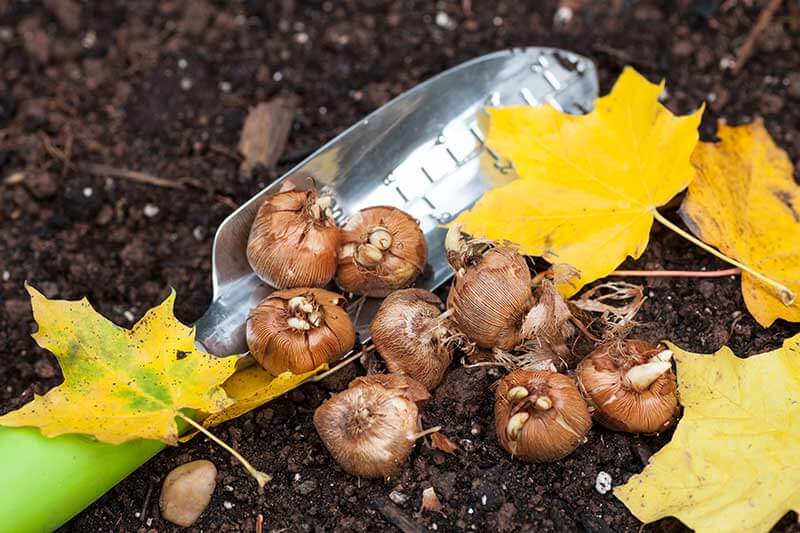
Predictable Precipitation
In most parts of the country, consistent rainfall arrives along with fall's cooler temperatures. Thirsty, fresh-from-summer soil drinks it in, and moisture levels stay fairly constant. Unlike soggy, unpredictable springs that keep you sidelined while soil dries, fall weather keeps gardens dry enough to stay workable. Planting in soggy soil can harm your garden's soil structure, but fall planting in workable soil removes that risk. Consistent precipitation also means less stress on newly planted plants and less watering for you. If natural rainfall comes up short, supplement by watering so that plants stay well hydrated until the ground freezes.
Optimal Time to Fertilize
Because of fall's cooler air temperatures and predictable precipitation, plants are able to grow stronger with minimal stress. It is more likely to rain in the fall, which means plant roots will absorb more nutrients and require less watering. Nitrogen spurs vigorous, leafy growth and rich color. Phosphorus promotes strong root development while helping plants use other nutrients efficiently. Potassium enhances overall growth, helping regulate root and top growth to keep plants balanced. Use a balanced fertilizer, such as Pennington Rejuvenate Plant Food All Purpose 4-4-4 to revitalize your soil as it feeds your plants. Mix the plant food into the prepared soil. The nutrient-rich formula starts feeding immediately, and continues feeding for up to four months.
Less Weed Competition
Many common lawn and garden weeds are warm-season wonders that slow down or disappear come fall. Less weeding around new plants is good for gardeners, but less competition from active weeds is even better for newly planted plants. In spring, actively growing weeds compete aggressively for water, light and nutrients — fighting your new plantings for every ray of sunshine and every raindrop. Fall planting lets new plants get started without weed competition. By spring, your newly established plants have a strong advantage.
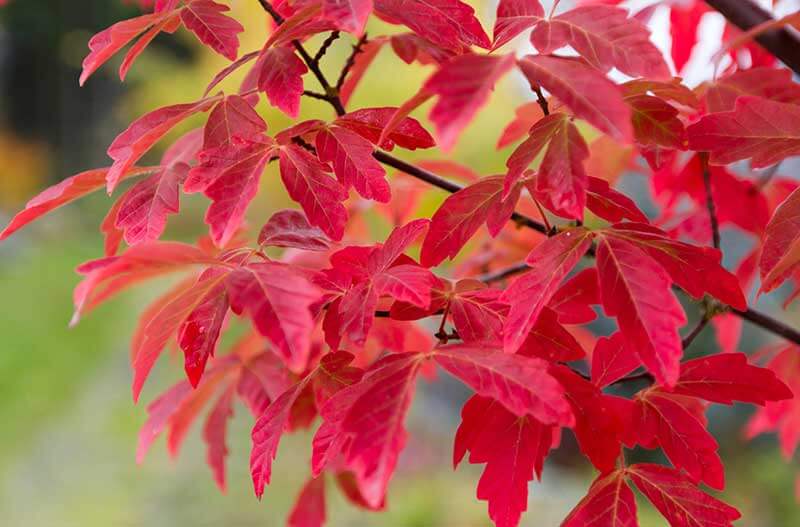
Fewer Insect Pests
Fall weather brings a drop in insect pest activity. That's a plus for gardeners and gardens. You can plant in peace — without wasting energy swatting mosquitoes and gnats — and your new plants enjoy a reprieve from insects, too. Fall planting presents a perfect opportunity to examine your plants closely and treat with a broad-spectrum pesticide. Easy-to-use, economical Sevin Insect Killer Concentrate and Sevin Insect Killer Ready To Spray garden insecticides kill and control more than 500 insect pests that may prey on new plants or try to use them as winter shelter. Then they keep protecting plants against listed pests for up to three months.+ With Sevin 3-In-1 Insect, Mite & Disease Control Flower & Shrub Ready To Spray, you can kill mites and listed insect pests — and control fungal diseases in your garden, too. With easy-to-use Sevin Insect Killer Ready To Use Spray, you can kill more than 700 listed pests on contact, without harming plants or blooms. With effective treatment, plants enter winter without pest stress and meet spring's arrival pest-free.
Bonus Growing Season
When you plant in spring, it's not long before new plants get hit with summer stresses. About the time plants get going, so do weeds, bugs, heat and drought. That's one reason spring-planted plants often need a full year's growth to settle in and hit their stride. Fall planting gives new plants a cool growing season, followed by a winter rest, and a second, strong growing season in spring — before summer arrives. With some plants, that bonus fall season is almost like gaining a year.
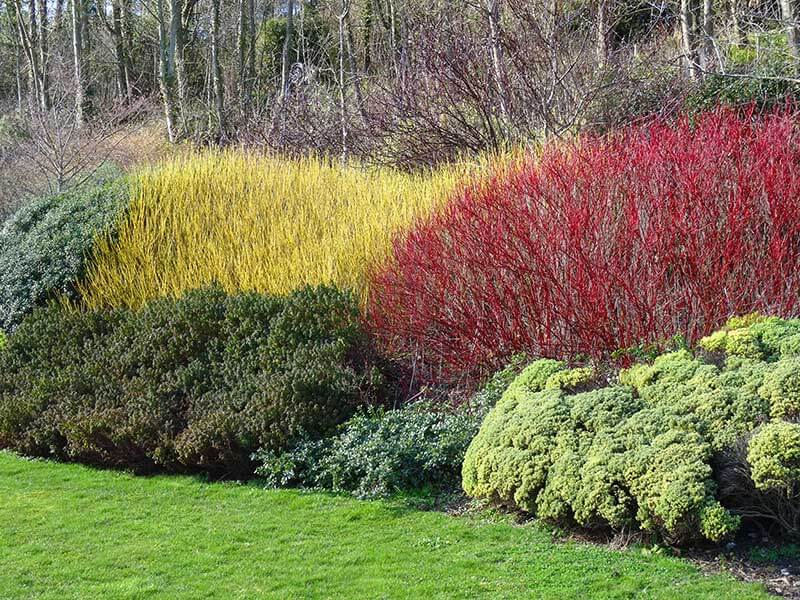
Fresh Fall Perspective
When plants drop their leaves and memories of summer glory are still fresh, it's easier to see where your garden or landscape is lacking. Fall planting sets the stage for a new-and-improved spring show, but it also packs more immediate impact.
Perennials, shrubs and trees with colorful fall foliage or bird-attracting fruit add instant beauty and draw winged visitors. Fall's also a great time to add plants specifically for winter interest, such as colorful or unusual bark or dramatic shapes that impress with or without leaves. Your garden's "bare bones" can provide enjoyment all winter, even when covered in snow.
By taking advantage of all the benefits of fall planting and growing, you and your new plants will reap the rewards in this season and those to come. Sevin brand and the rest of the GardenTech family are here to help you get the most from every gardening season and enjoy all the benefits your garden has to offer.
Get Monthly Gardening Advice!


